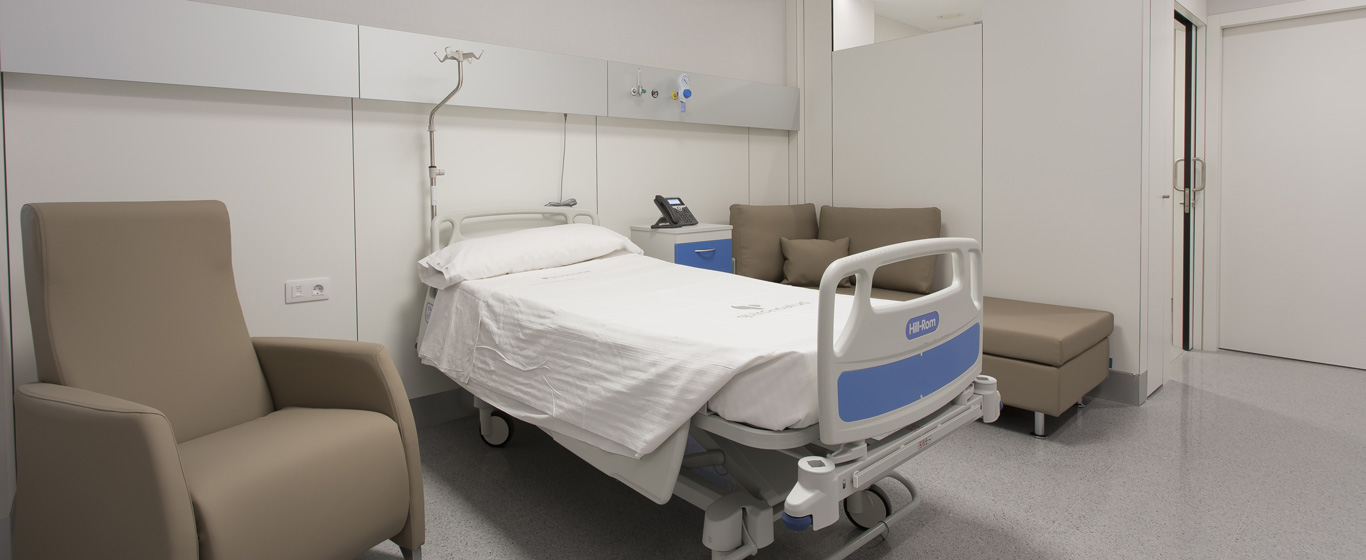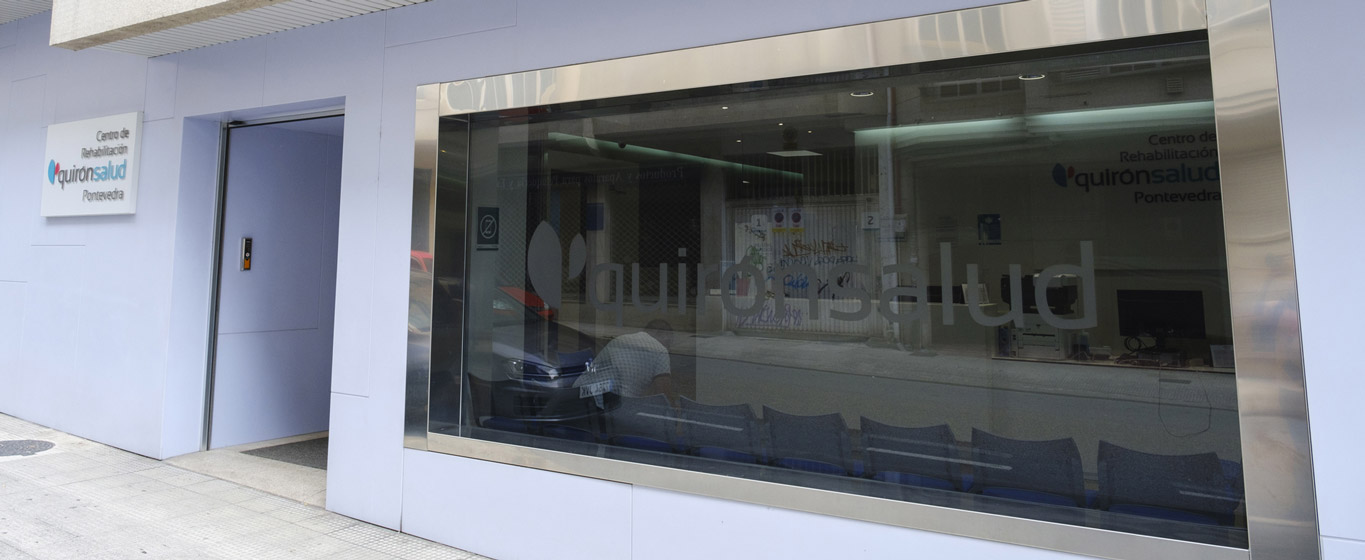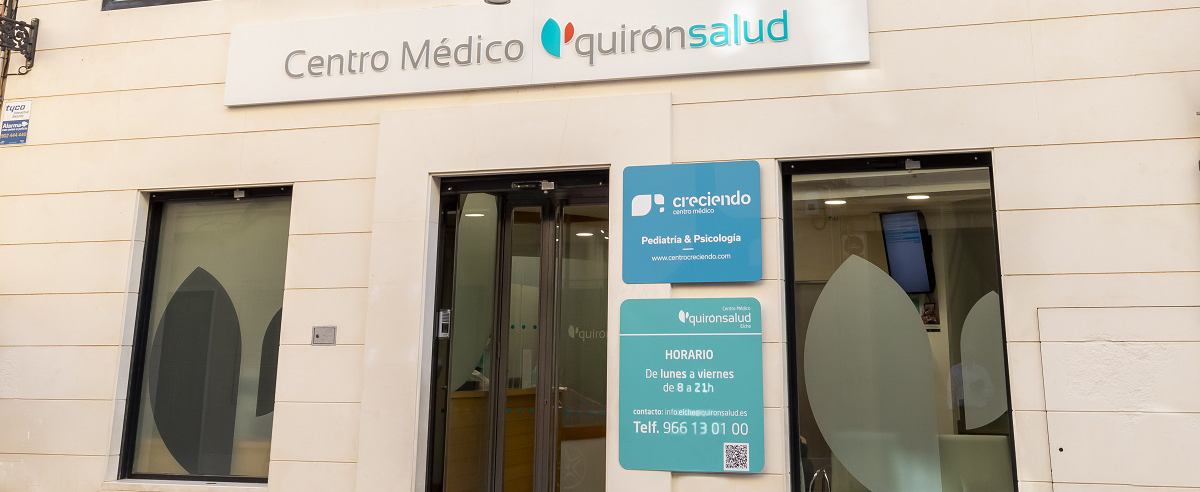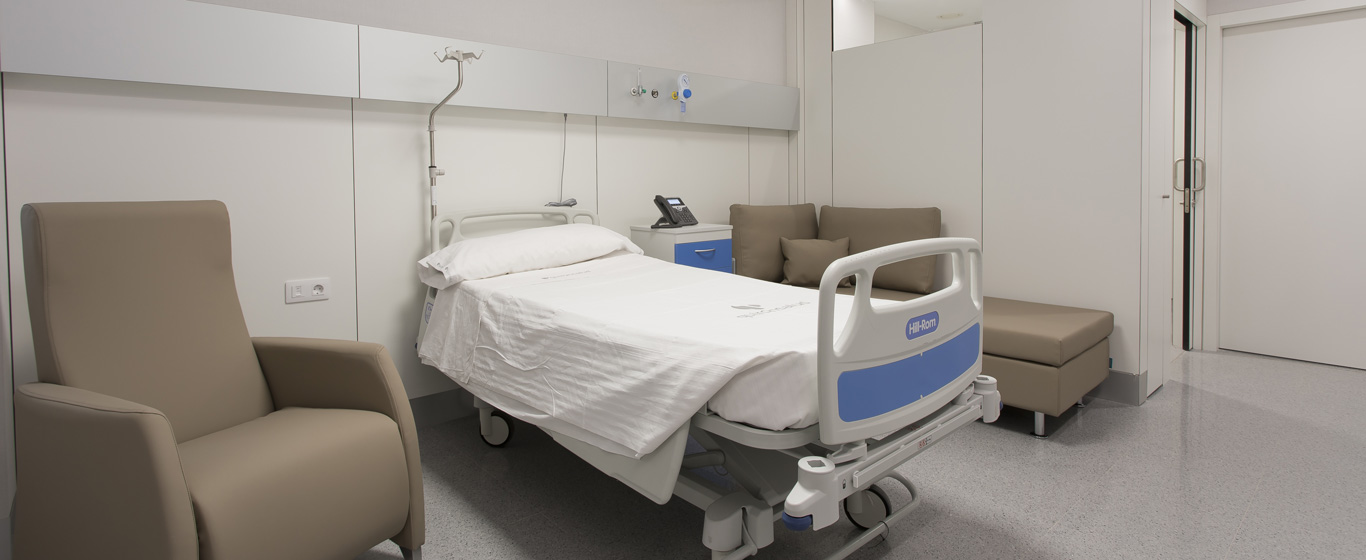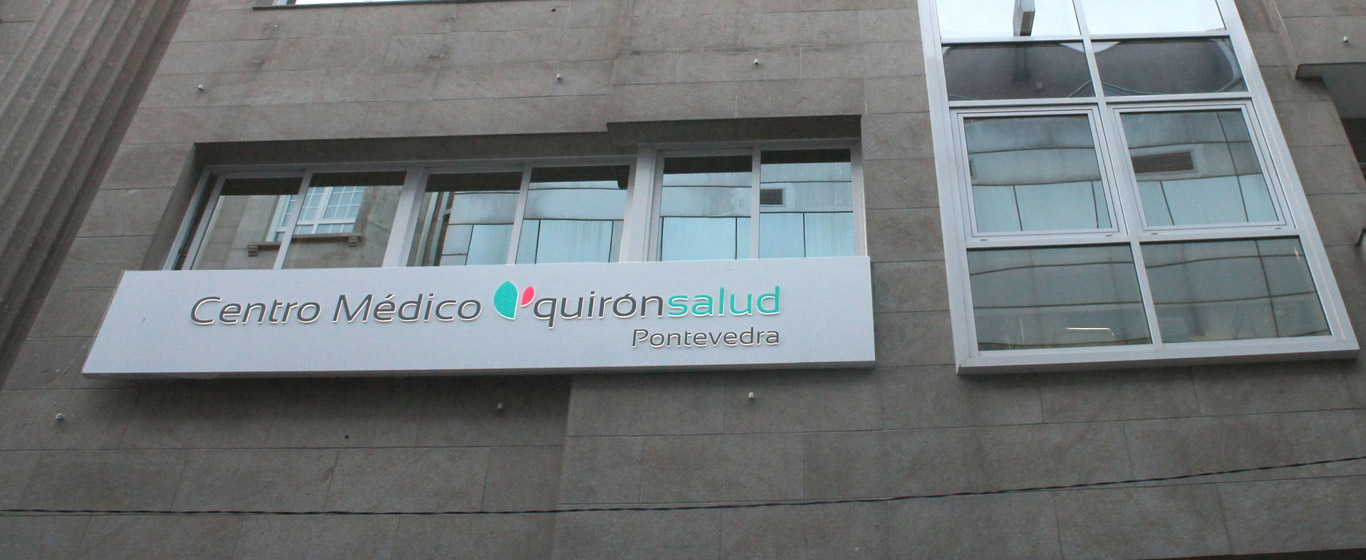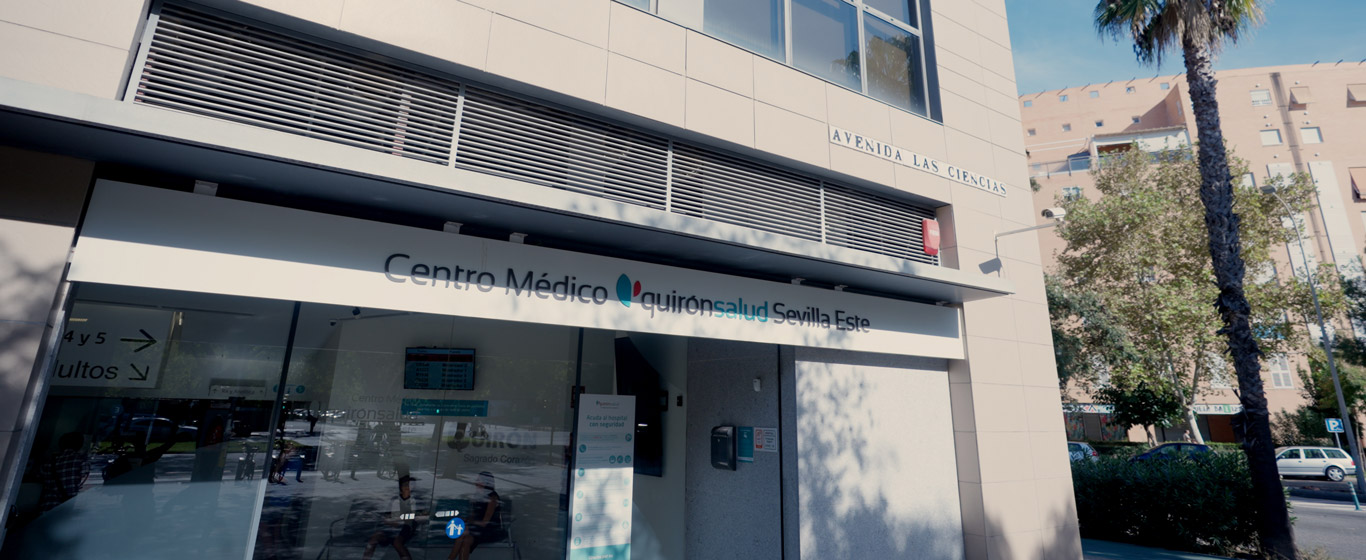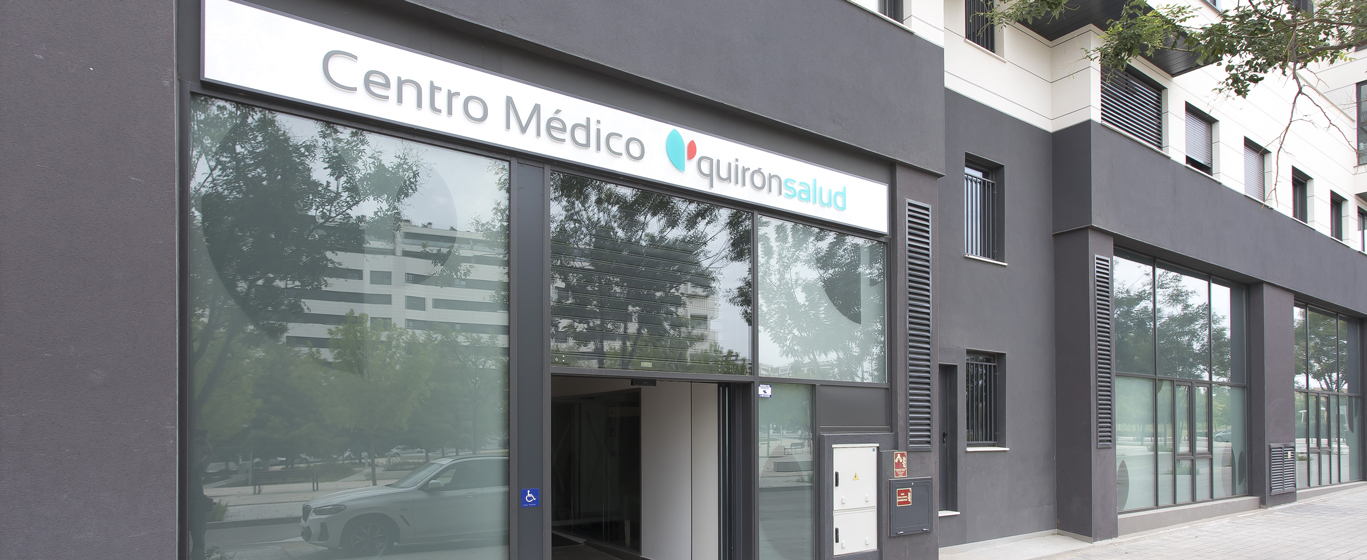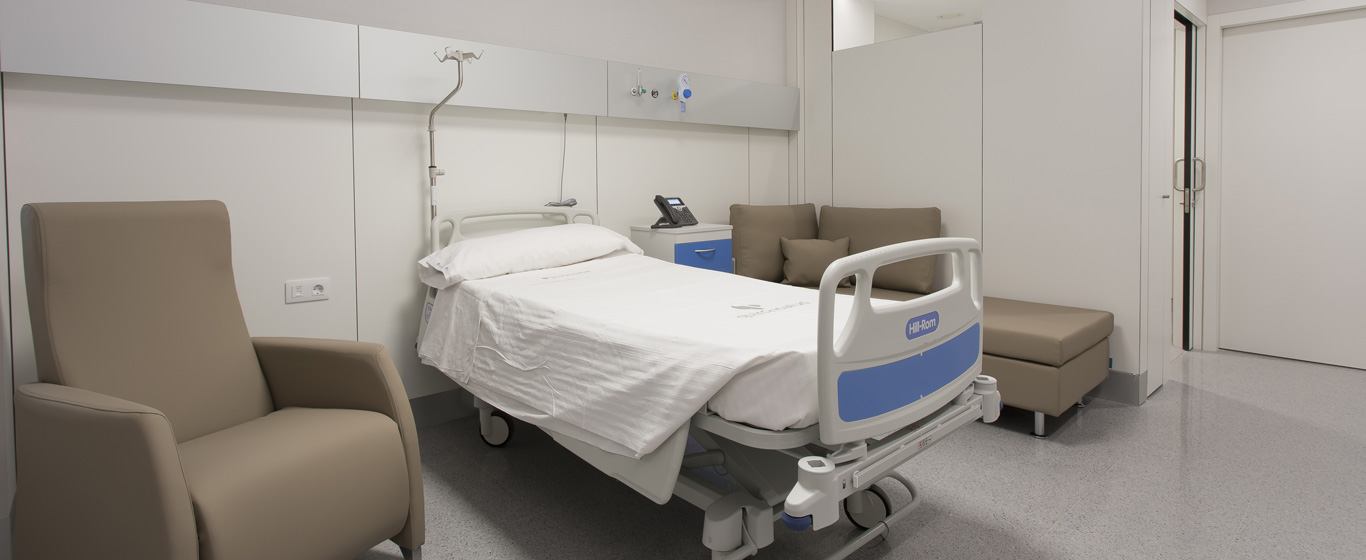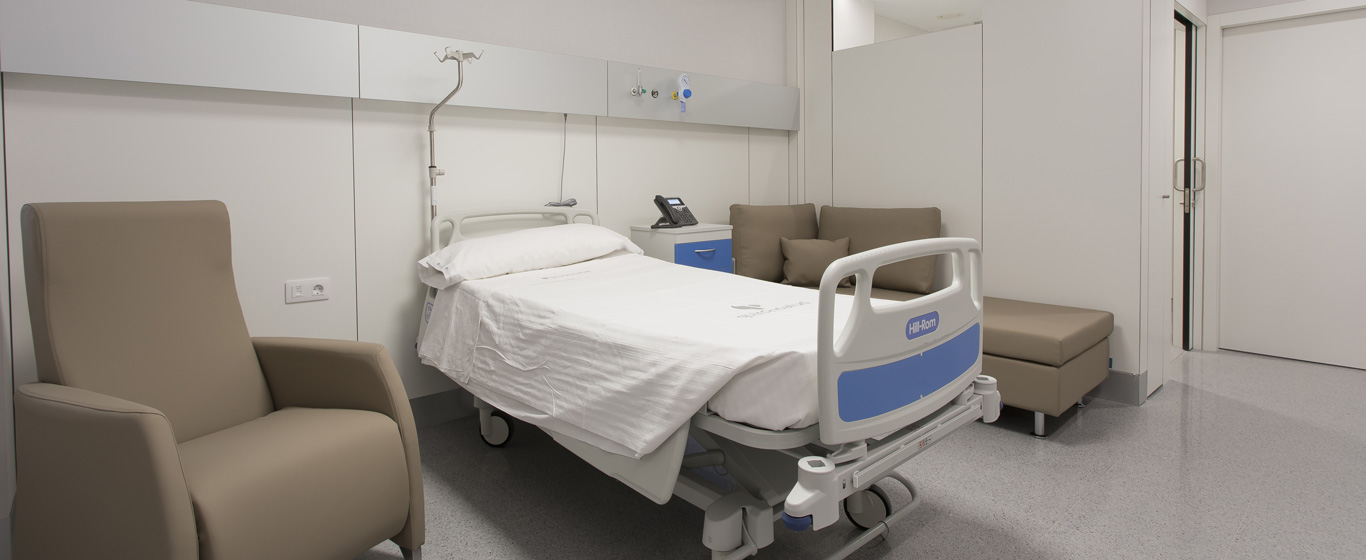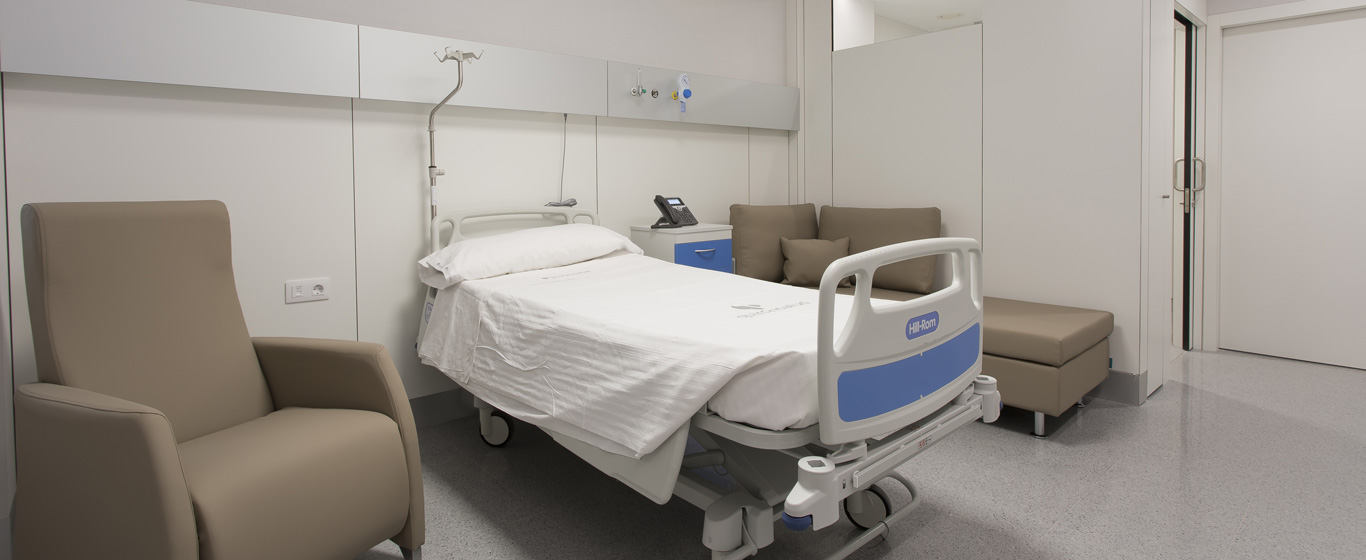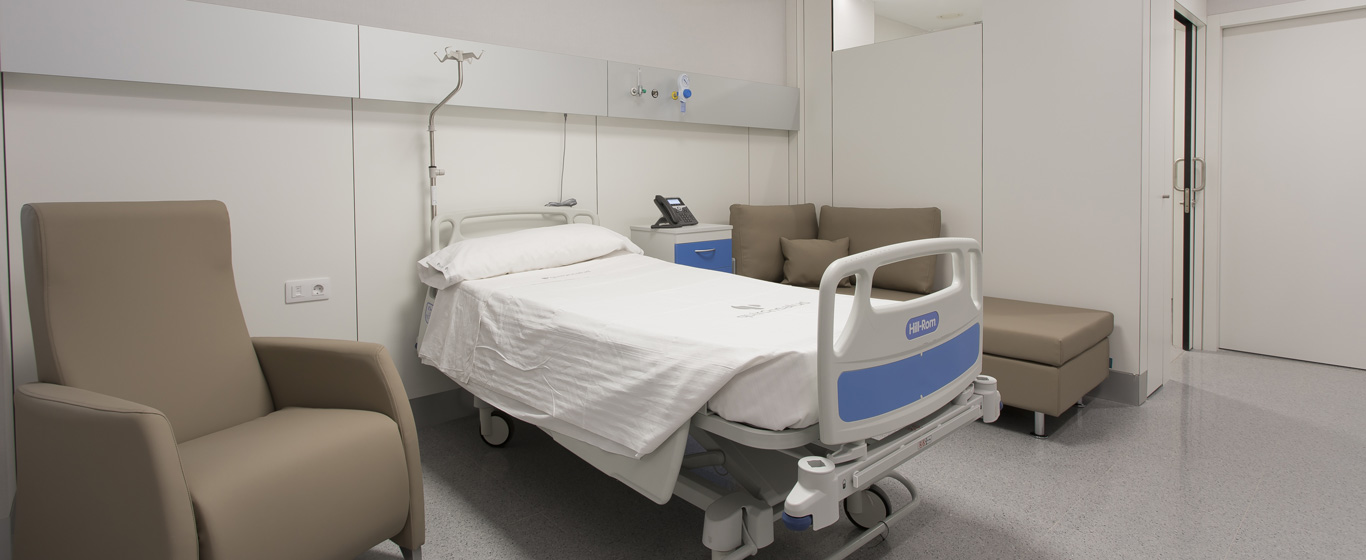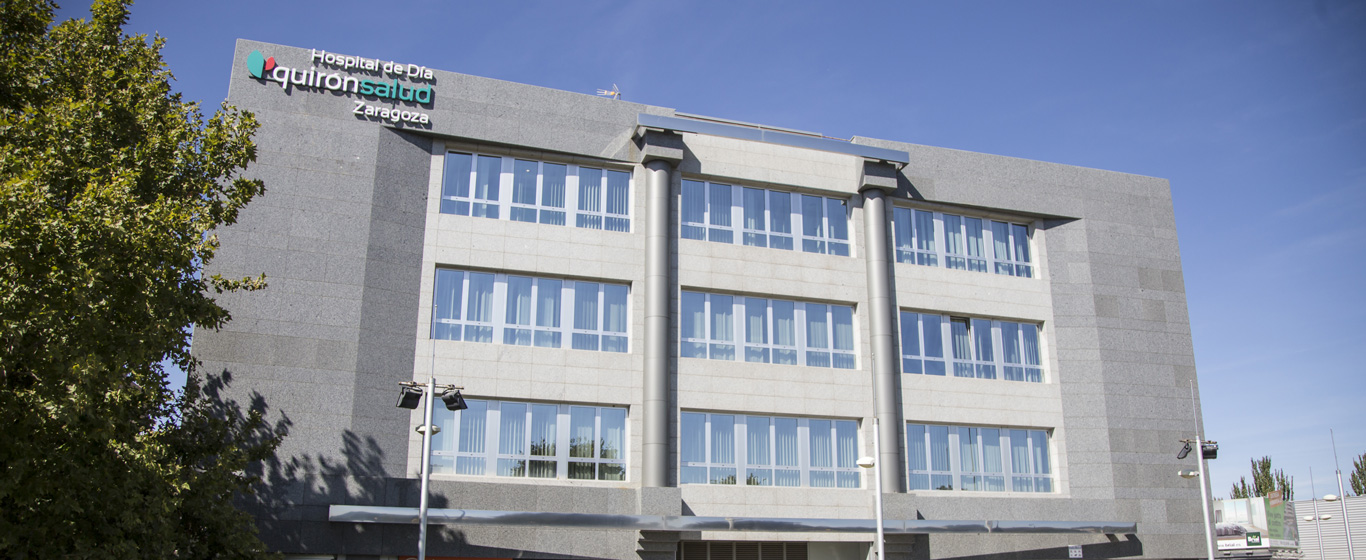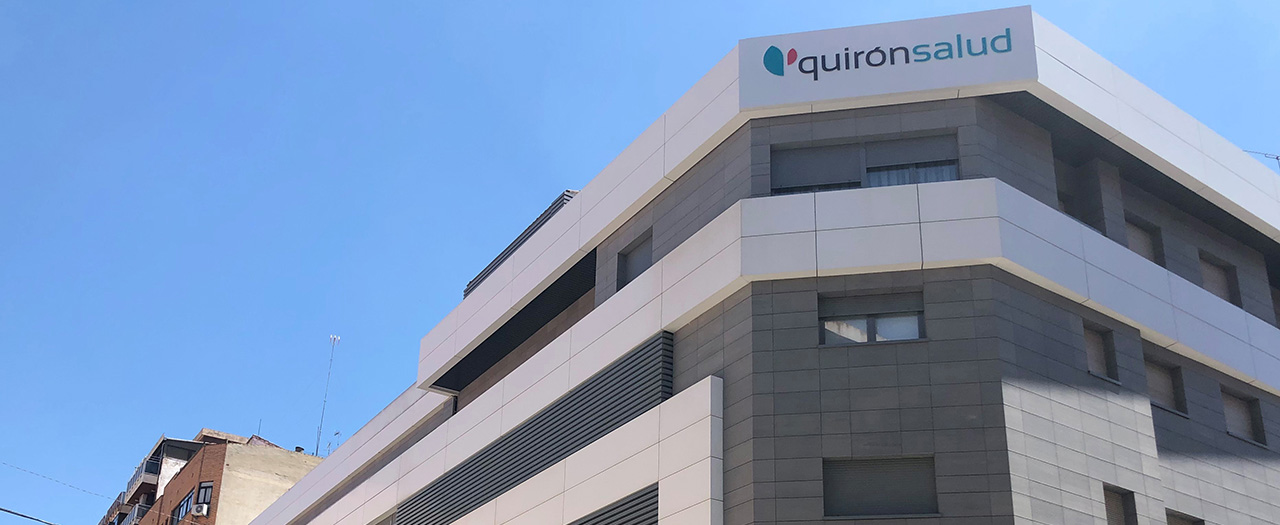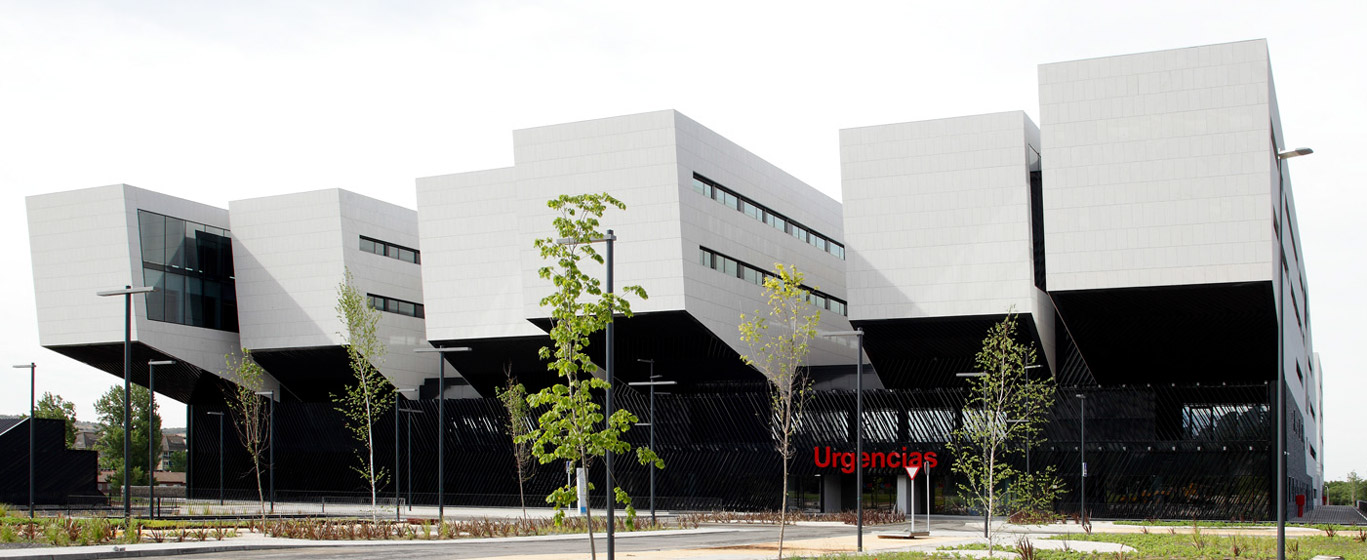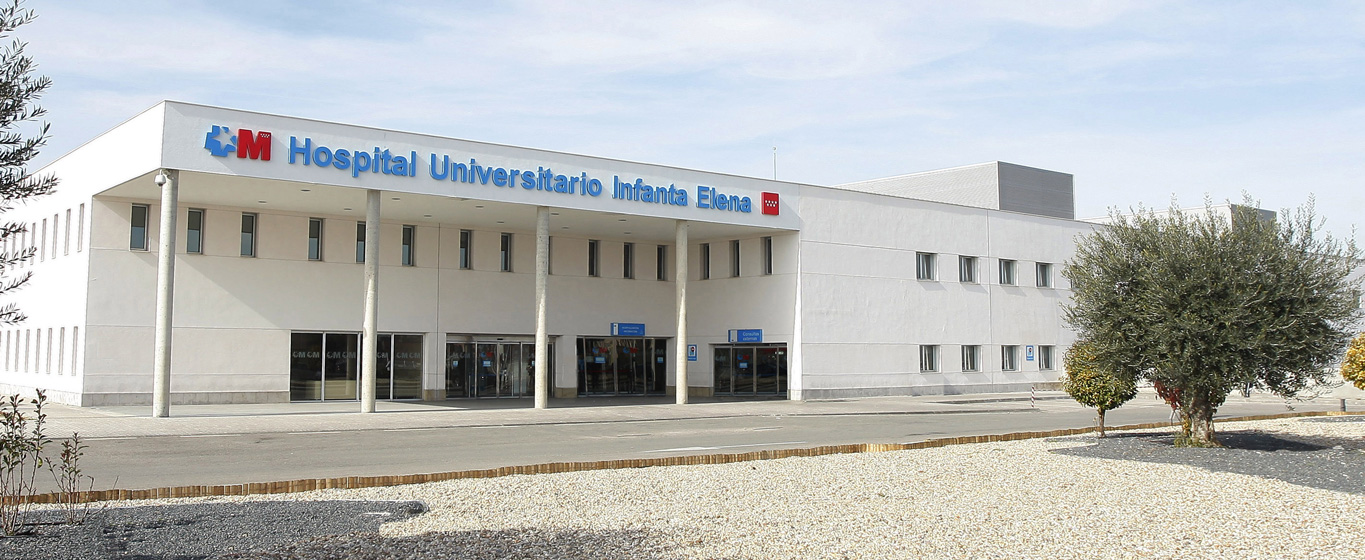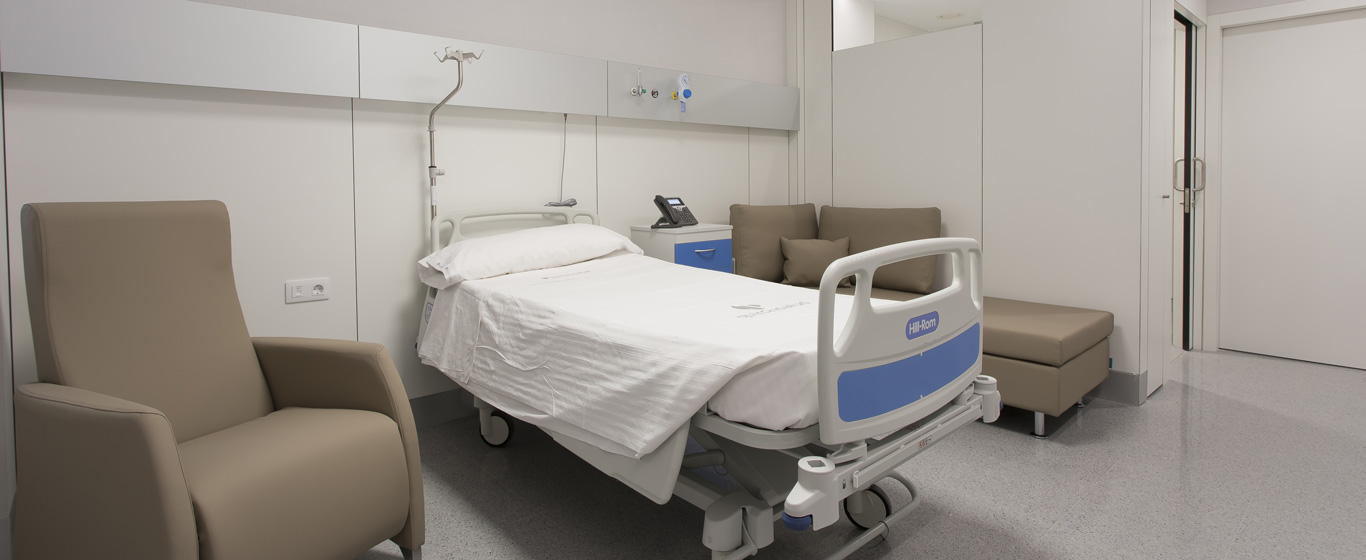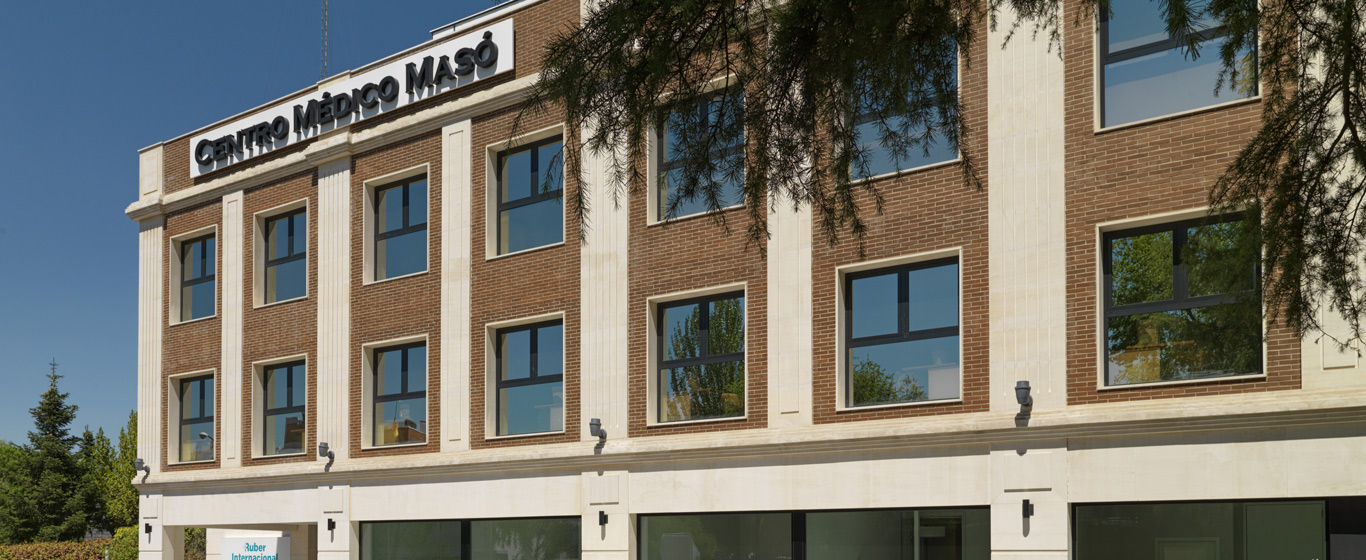Knee Magnetic Resonance Imaging
Knee magnetic resonance imaging (MRI) provides detailed images of the interior of the joint using radiofrequency waves and a magnetic field. It is a non-invasive test without side effects.

General Description
Knee magnetic resonance imaging (MRI) is a non-invasive diagnostic imaging test. To obtain images of this joint, radiofrequency waves are used in conjunction with a magnetic field. Since no ionizing radiation is employed, it is harmless to the patient.
It is commonly used to assess the condition of tendons, ligaments, and cartilage. Due to its high resolution, knee MRI allows the detection of injuries caused by trauma or wear, whether due to aging or pathology. It is also frequently used to evaluate the effects of an ongoing treatment.
Knee MRI is performed with a device placed solely around the leg. It is very rare for the patient to be fully introduced into the bore for this type of exam. In any case, the head always remains outside the apparatus.
Indications
Knee MRI is typically indicated in the following scenarios:
- To diagnose the cause of pain, weakness, or joint swelling.
- To obtain more detailed images when previous X-rays or computed tomography (CT) scans have been inconclusive.
- To assess the knee condition in patients with arthritis.
- To detect tears or ruptures in ligaments, tendons, bones, or cartilage (meniscus).
- To locate fluid accumulation or hemorrhage.
- To verify post-surgical evolution, especially if symptoms persist.
Knee MRI is a useful diagnostic tool for:
- Benign cysts.
- Malignant tumors.
- Infections.
- Injuries to the patella, tendons, and ligaments.
- Bone fractures.
- Arthritis.
- Osteoarthritis.
Procedure
This test is based on the fact that protons in the body tend to align with the magnetic field. When radiofrequency waves pass through the body, these protons rotate attempting to resist the magnetic force. The device’s sensors capture the time and energy released by the protons as they realign with the magnet once the waves cease. These parameters vary depending on the chemical nature of each molecule and its surroundings, allowing specialists to differentiate tissue types.
Knee MRI images are obtained in cross-sectional slices when the hydrogen atom protons respond to these stimuli. When more detailed images are required, a contrast agent (gadolinium-based) is administered intravenously. This substance accumulates in higher concentration in some tissues, enhancing visualization.
Risks
Knee MRI poses no health risks to the patient, although it is contraindicated in individuals with implanted metallic devices (pacemakers, stents, prostheses, cochlear implants).
Although uncommon, the contrast agent may cause mild itching or an allergic reaction. Gadolinium use is contraindicated in patients with renal impairment or those who have undergone liver transplantation.
What to Expect from a Knee MRI
Before entering the scan room, the patient changes into a hospital gown and removes all metallic objects, including dentures or hearing aids. The patient signs informed consent to undergo the procedure.
The patient must remain as still as possible during the exam to ensure clear images. Although the patient is rarely fully inserted into the scanner bore, earplugs are provided to reduce noise generated by the magnetic field. Loud knocking sounds during the procedure are normal.
The exam duration ranges from 30 to 60 minutes and requires no post-procedure rest.
Specialties Requesting Knee MRI
Radiologists perform knee MRI upon referral from traumatologists, oncologists, or rheumatologists.
How to prepare
Knee MRI does not require special preparation. It is recommended to wear comfortable and easy-to-remove clothing. Since metallic objects cannot be brought into the examination area, it is advisable to leave them at home. Avoid wearing makeup, as some products contain metallic pigments.







